Check Engine Warning Light: What malfunction can it indicate?
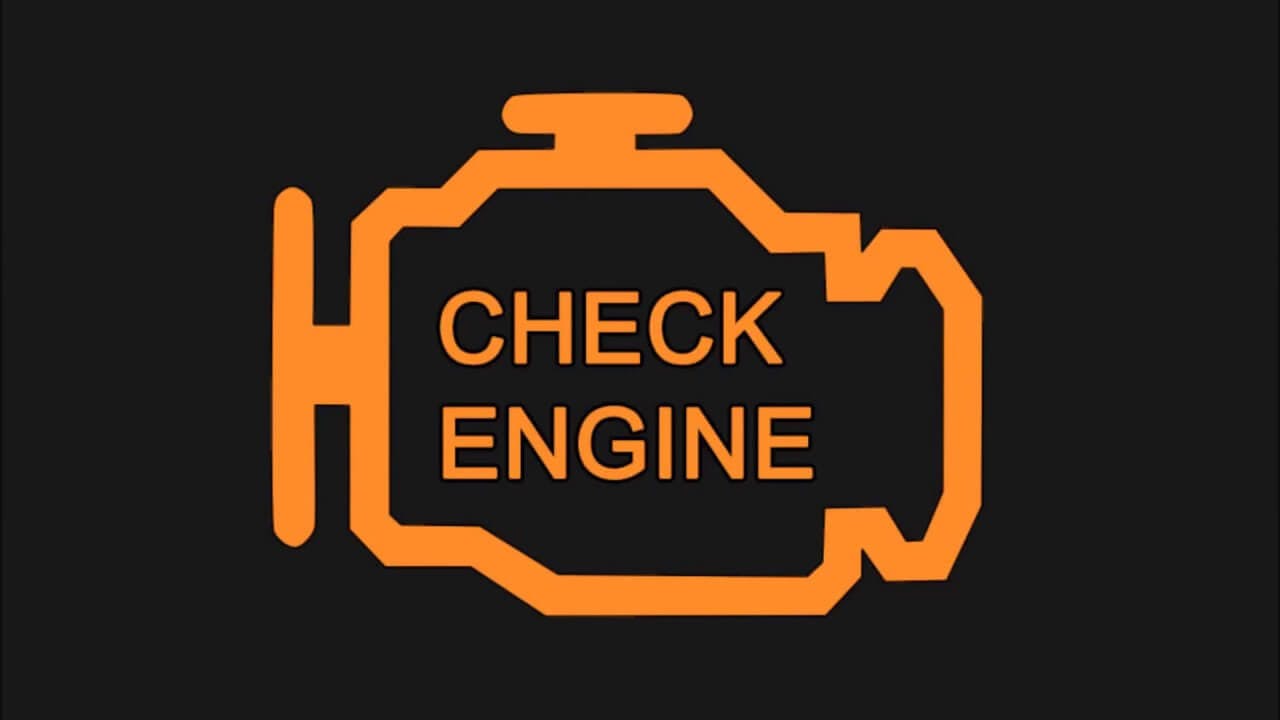
A lit check engine warning light on the dashboard is the fear of almost every driver. What does it mean, and what malfunction can it indicate?
We will answer this very frequently asked question in today's article.
Inhaltsverzeichnis
Check Engine Warning Light - Is this a serious problem?
The check engine warning light is an indicator that shows a malfunction of the engine or engine control unit. Under normal conditions, this warning light usually appears for a brief moment when you're turning on the engine and should go out as soon as the engine is started.
However, if the check engine warning light illuminates even after the engine is started, it is a problem. It mostly signals fuel injection, ignition, crankshaft, or lambda probe malfunction.
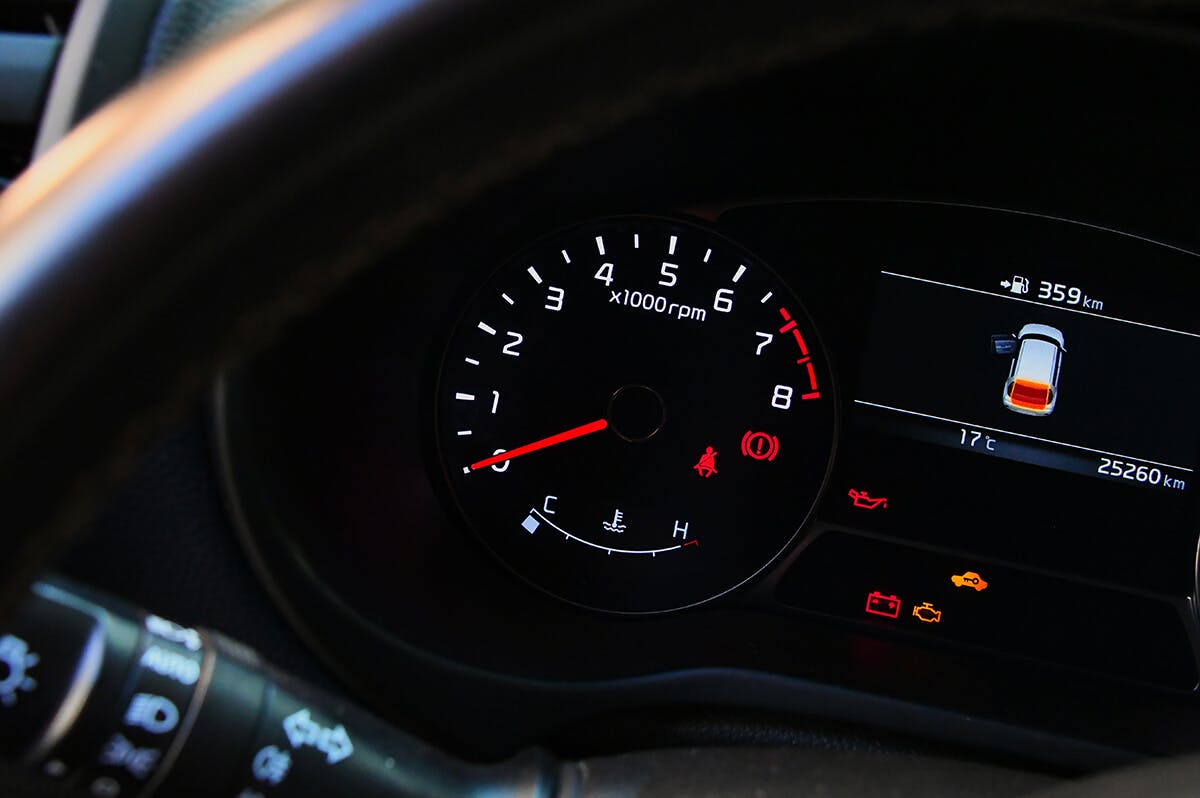
Car Dashboard Symbols: What do they warn about?
If the engine does not go into emergency mode, i.e., if it does not lose its power and the vehicle behaves as it does during normal operation, it is possible to continue to drive it, as it may just be a random error that disappears after a few starts of the vehicle or after a restart engine control unit.
However, if, on the other hand, the engine warning light lights up constantly and the engine goes into emergency mode, we recommend an urgent visit to the service center, engine diagnostics, and possible replacement of damaged components with quality auto parts.
Why is the check engine warning light on?
Lambda probe malfunction:

A lambda probe malfunction is one of the most common causes of the check engine warning light. In some cases, it is possible to physically identify the lambda probe's malfunction because it is clogged with a large amount of soot.
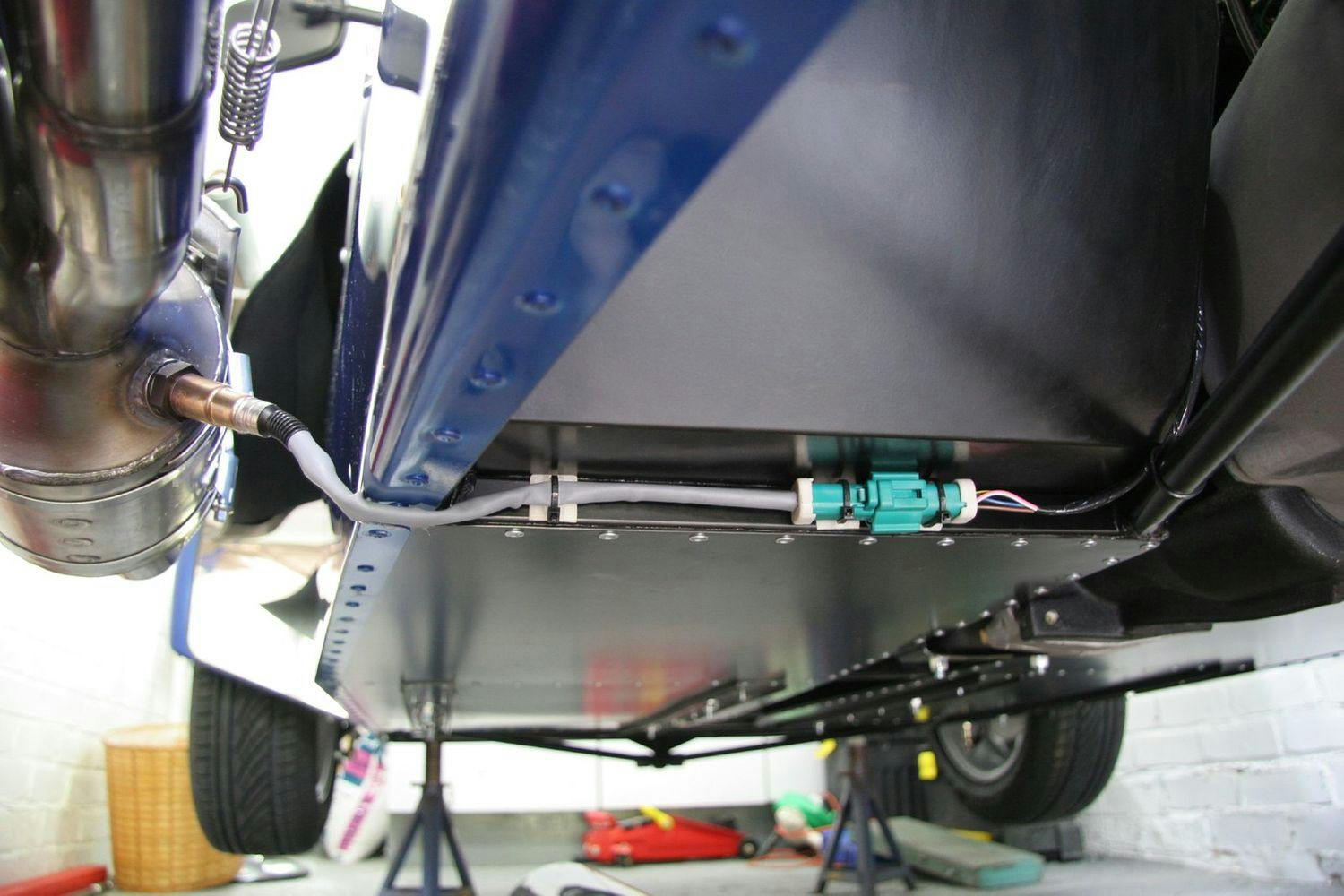
Lambda probe: What does this device do?
However, a lambda probe malfunction is not always detected by its physical inspection, so the best solution is to go to the repair shop and connect the car for diagnostics. If the malfunction is confirmed, the damaged sensor must be replaced.
Ignition failure:
A misfire or misfire in one of the cylinders may indicate a problem with the crankshaft sensor, engine control unit, ignition coils, or spark plugs.
Malfunction of the spark plugs:
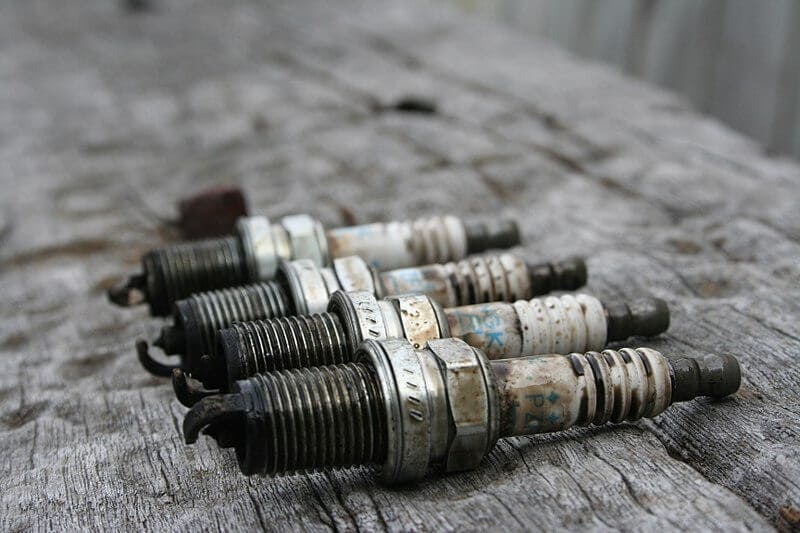
You can detect a malfunction of the spark plugs or ignition coils by removing the spark plugs and checking their condition.

How do the properties of the spark plug affect engine parameters?
If there are deposits in the area of the spark plug electrodes, this indicates a failure of one of these components.
Low-quality / low-octane fuel:
Using poor-quality fuel or fuel with a lower octane number than specified for the engine can also cause the check engine light to come on.
If the engine light comes on almost immediately after refueling and driving a few kilometers, it is almost 100% certain that the problem lies in the fuel itself. In this case, switching to a higher quality fuel or a fuel recommended for the given engine is recommended.
Fuel pump failure:
In the event of a fuel pump failure, measuring the pressure in the fuel distributor using a pressure gauge is necessary. If the pressure is lower than it should be, it is necessary to replace the damaged components of the fuel system.
Clogged fuel filter:
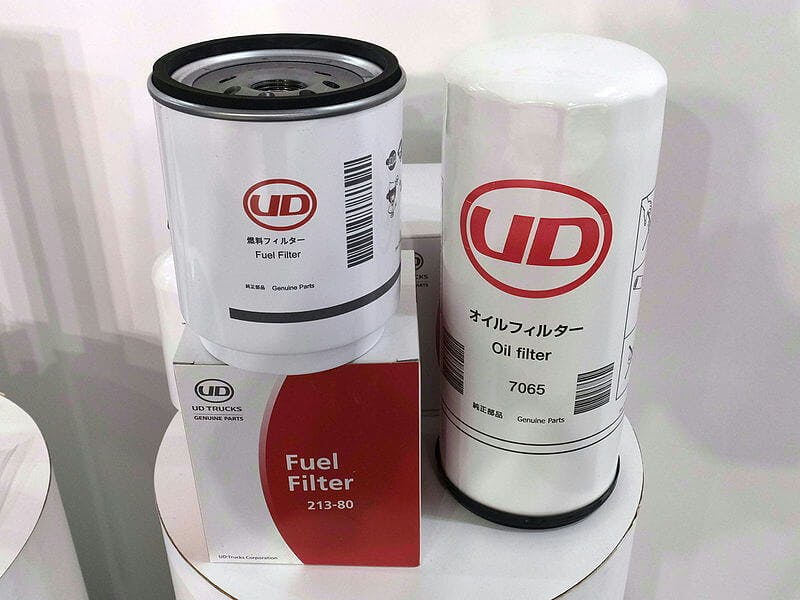
Even such a small thing can cause the check engine warning light to come on. If the fuel filter is excessively clogged or clogged, the fuel system cannot get enough fuel into the cylinders, which is precisely why this warning light comes on.

Fuel filter: Why should you not forget to change it?
Catalytic converter failure:
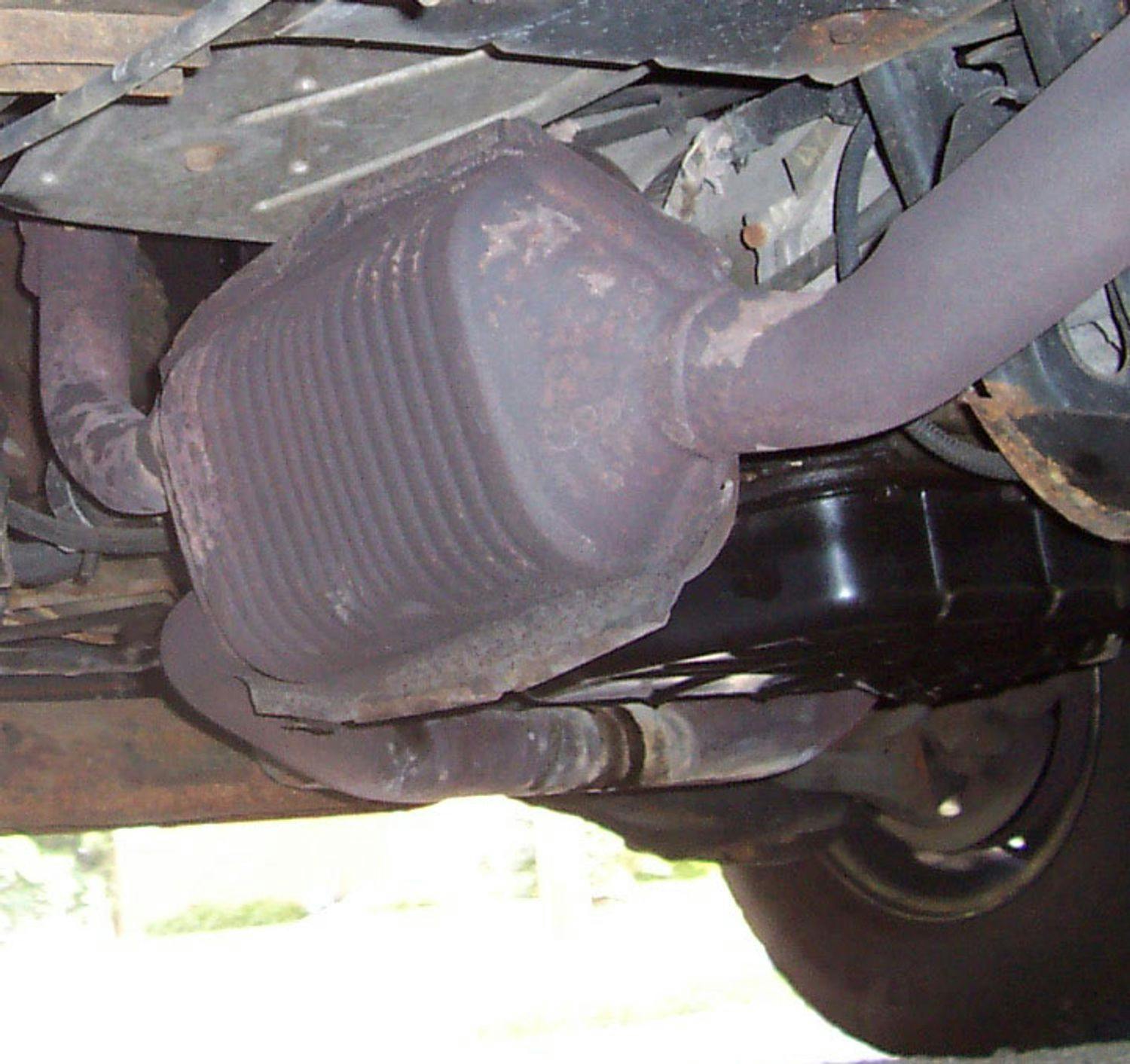
Failure of the catalyst can mean, for example, damage to its internal parts or clogging. In both cases, however, it is possible to check its condition using a pressure gauge, more precisely by measuring the back pressure in the exhaust pipe.
Clogged air filter:
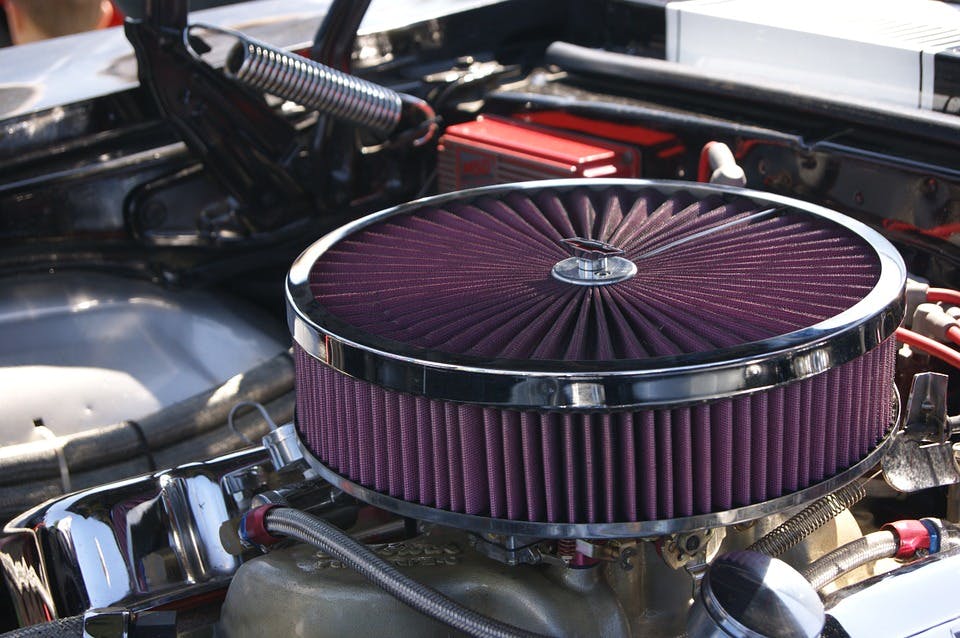
A clogged air filter can also cause the engine warning light to come on. If the air filter is excessively clogged, it will cause insufficient air to enter the cylinders. However, this problem can be eliminated very quickly and cheaply.

Air filter: What does it do, and what are its types?
A noticeable decrease in performance manifests a clogged air filter. So, if you notice that your engine is not as powerful as it used to be, you should first focus on checking and, if necessary, replacing the air filter.
Mass flow sensor failure:
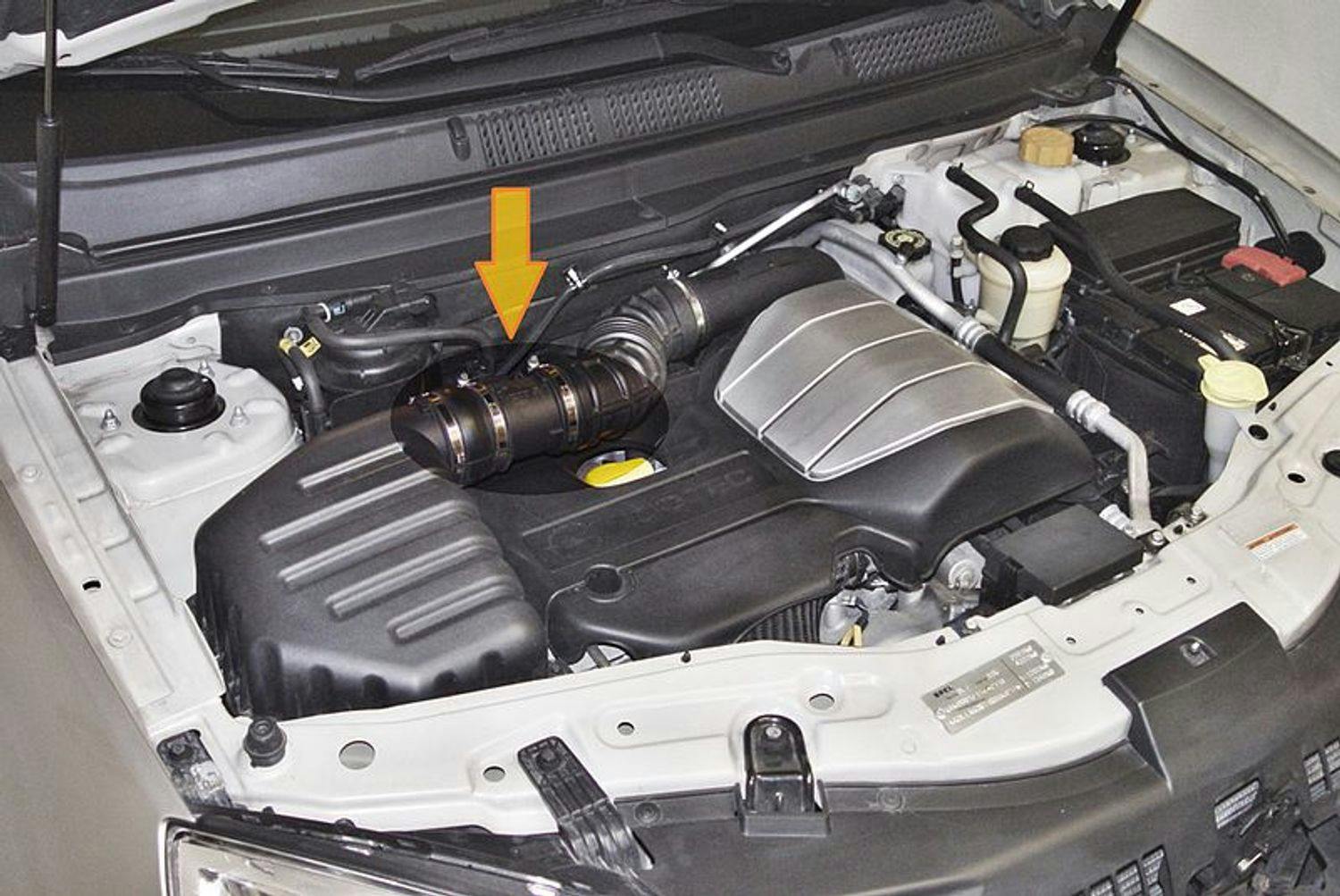
However, the engine warning light can also come on in the event of an air balance malfunction. The mass flow sensor can malfunction if it is excessively polluted or damaged. A damaged or excessively polluted mass flow sensor may continue to function, but the changes in engine operation are significant and can be noticed even by a complete layman.

Mass Flow Sensor: What does it do, and what are its malfunctions?
Among the most common damage symptoms to the mass flow sensor are difficult engine starts, high or low engine idle speed, uneven engine running, jerking during acceleration, or engine shutdown. This problem can be easily eliminated by replacing the mass flow sensor.
Clogged fuel injection system:
Clogging of fuel injection system elements, more precisely injectors, has a negative impact on engine performance. This is exactly why the check engine light comes on in such a case. The solution to this problem is to clean the injectors.
Drop in engine oil level:
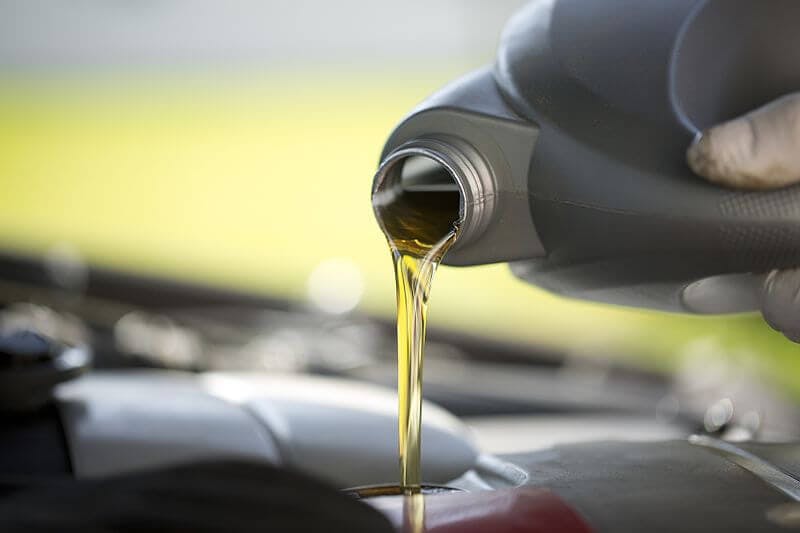
A drop in the engine oil can also cause the check engine warning light to come on. In this case, it is necessary to find out where the engine oil is being lost, and it is not recommended to use the car until this problem is solved.

Engine Oil: What happens if you run out of it?
However, if the loss of engine oil is only minimal, it is necessary to top up the engine oil first and only then drive the car straight to the service center.
When is it necessary to stop driving because of the engine light?
If the engine light lights up on your car's dashboard, it does not always have to mean an interruption of driving immediately. However, in some cases, it is necessary to stop the vehicle on the roadside; if it happens, you should do it without delay.
You should stop the vehicle if:
the engine starts to vibrate excessively
there is a smell (smell) of fuel in the interior
the engine goes into emergency mode
the engine overheating warning light also lights up
the coolant level warning light lights up in addition to the engine warning light of the engine
in addition to the engine light, the engine oil level also lights up
Conclusion
An illuminated check engine warning light should not be taken lightly. Not only is it dangerous, but over time, ignoring a check engine warning light can cause far more damage than the reason why it came on. It is essential to solving this issue asap.